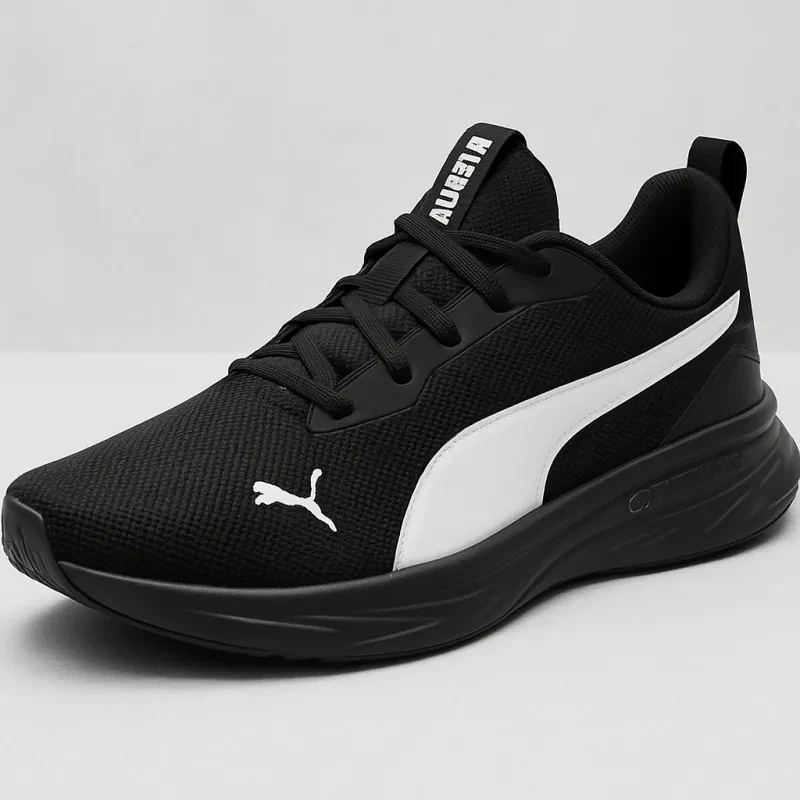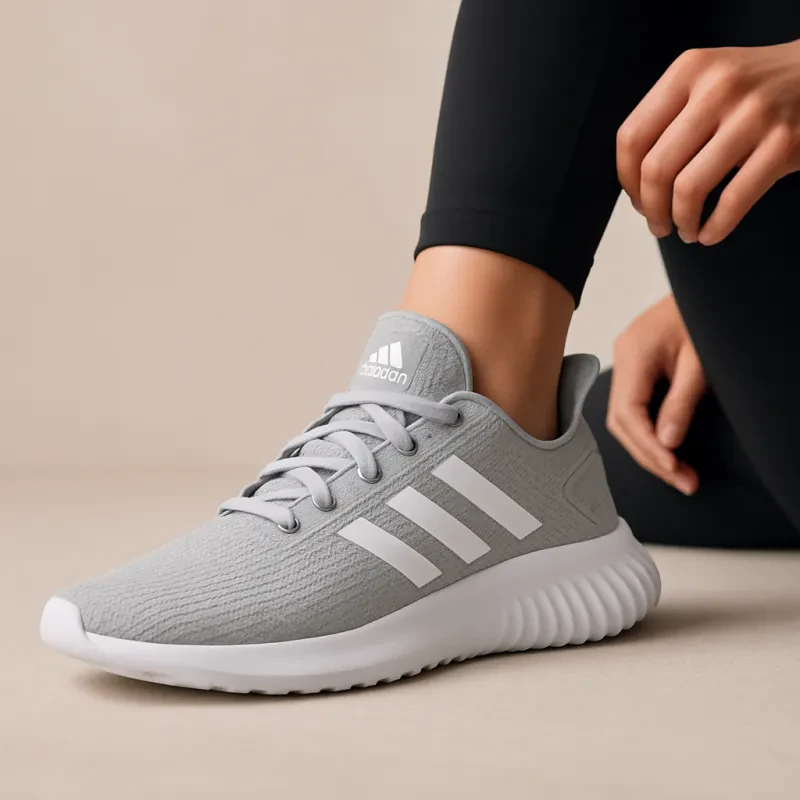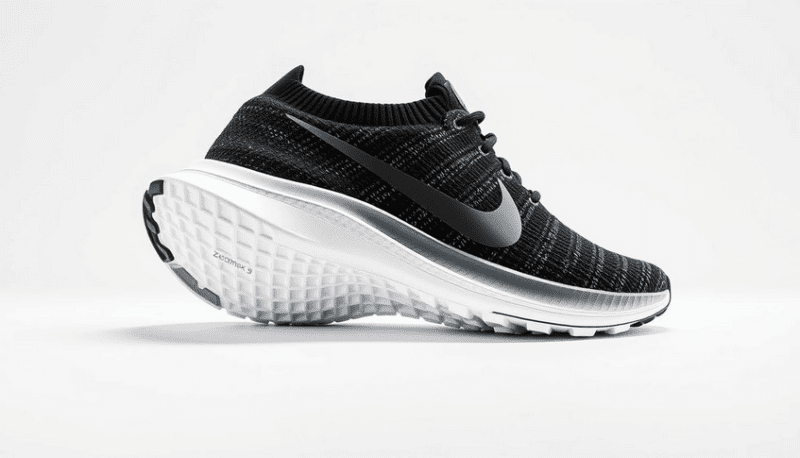Tracking steps has become an essential part of many people's fitness routines. With the right apps and devices, anyone can easily monitor their daily activities and set achievable goals.

There are numerous options available for tech-savvy walkers and those looking for simple solutions.
From wearable devices to user-friendly phone apps, these tools can provide insights into distance walked, calories burned, and even create personalized goals.
Engaging with these resources can turn everyday walking into a rewarding journey.
Finding the perfect step tracker can boost motivation, improve health, and make walking more enjoyable.
Key Takeaways
- Selecting the right step tracking device enhances walking routines.
- Apps offer features to motivate and help achieve fitness goals.
- Monitoring steps contributes to improved overall health and well-being.
Finding the Right Step Tracking Device
Choosing the right device for tracking steps can make a big difference in a person's fitness journey.
Each type of device offers unique features that cater to different needs. Whether it's a simple pedometer or a smart device, understanding the options is key.
Pedometer Essentials
Pedometers are basic devices that count steps. They are easy to use and usually more affordable than other options.
Many pedometers can be clipped to a belt or worn around the neck. They offer a simple display showing total steps taken.
Some essential features to consider include:
- Accuracy: Quality pedometers should track steps reliably.
- Battery Life: Battery-operated models can last a long time with proper use.
- Durability: Choose a device that can withstand daily wear.
For those who prefer straightforward tracking without extra bells and whistles, a pedometer can be a perfect solution.
Fitness Trackers Versus Smartwatches
Fitness trackers provide more features than standard pedometers. They often include heart rate monitoring, sleep tracking, and notifications for calls and messages.
These devices connect to mobile apps, allowing users to view their activity data over time.
Smartwatches, like the Apple Watch or different models of Fitbit, include all fitness tracker features and offer additional functions, like apps and customizable watch faces.
Comparison:
| Feature | Fitness Tracker | Smartwatch |
|---|---|---|
| Heart Rate Monitor | Yes | Yes |
| GPS | May require phone connection | Usually built-in |
| Notifications | Limited | Comprehensive |
Users should think about their specific needs when choosing between a fitness tracker and a smartwatch.
Choosing Between Apple Watch and Fitbit
The choice between an Apple Watch and a Fitbit often comes down to personal preference and device compatibility.
The Apple Watch offers seamless integration for iPhone users. It provides advanced features like ECG monitoring and fall detection. It has strong app support, allowing users to customize their experience.
Fitbit devices are known for their affordability and longer battery life. They provide reliable step tracking and a variety of models for different needs.
Features like Fitbit Premium offer personalized insights and motivation.
Ultimately, users should consider which ecosystem they prefer and what specific features matter most for their fitness goals.
Exploring the Best Walking Apps

Finding the right walking app can make a big difference in staying motivated and tracking progress. Several popular options cater to different needs, from keeping users engaged to mapping routes and integrating with health ecosystems. Here are some top picks.
Apps to Keep You Engaged
Keeping motivation high is key for walkers.
Apps like Fitbit offer interactive challenges and rewards to encourage daily steps.
Users can track not only steps but also calories burned and distance.
Charity Miles allows walkers to earn money for charities with every step taken.
Another fun option is Pacer, which offers group challenges and lets users share progress with friends.
This social aspect can make walking feel more like a community activity. Incorporating elements like these helps users stay engaged and committed to their fitness goals.
Integrating With Health Ecosystems
Integration with health ecosystems can enhance the experience.
Apple Health and Google Fit are both great platforms that many walking apps connect with seamlessly.
For example, MapMyWalk synchronizes easily with these services, allowing users to keep all health data in one place.
MyFitnessPal can track meals alongside walking stats, helping users monitor calorie intake effectively.
This integration can streamline fitness tracking, making it easier for individuals to manage their health holistically.
Apps That Help With Mapping Your Walks
Mapping routes is important for those who enjoy exploring.
MapMyWalk stands out with its GPS tracking capabilities, allowing walkers to design and save custom routes.
Users can see detailed stats, making it easier to measure progress over time.
StepsApp is another option that focuses on step counting and route tracking.
It provides insights into daily steps and distance. Users can also see their performance trends with clear visuals.
Choosing the right walking app can empower individuals in their fitness journey, transforming simple walks into a meaningful part of a healthy lifestyle.
Setting and Achieving Your Fitness Goals

Setting effective fitness goals is crucial for maintaining motivation and ensuring progress. With the right approach, individuals can make their walking routines more enjoyable and productive.
This section explores how to establish realistic goals and track progress effectively.
Establishing Realistic Goals
To start, it is important for individuals to set achievable fitness goals.
Walking goals can include daily steps, distance, or minutes spent walking.
For example, a beginner might aim for 5,000 steps a day, while someone more active may set a target of 10,000 or more.
Here are some tips for setting these goals:
- Start Small: Focus on short-term goals, like increasing steps incrementally each week.
- Be Specific: Instead of vague goals, specify numbers, such as walking 30 minutes three times a week.
- Stay Flexible: Adjust goals based on progress and personal circumstances.
This flexible and specific approach can help keep motivation high and make walking feel less daunting.
Tracking Progress and Milestones
Tracking progress is essential to see success in fitness goals.
Using pedometer apps can help individuals monitor steps and stay motivated.
Popular apps like Nike Run Club or MapMyWalk allow users to track various metrics, including distance and calories burned.
Setting milestones can offer motivation. For instance:
- Weekly Check-ins: Review progress every week to see if goals are being met.
- Monthly Challenges: Set a monthly goal to walk a certain distance or number of steps.
Using data insights from fitness tracking apps can highlight achievements and identify areas for improvement. This encourages continued effort and dedication to walking programs.
Advanced Features and Premium Options

Many walking apps offer advanced features and premium options that enhance the user experience. These tools allow users to better track their progress, connect with others, and receive personalized workout plans. Here are some notable aspects to consider.
Maximizing Your Routine with Premium Features
Premium features can take a walking app to the next level.
Apps like Runkeeper and Strava provide in-depth metrics, including heart rate monitoring and pace tracking.
Users can access detailed progress reports to see how their performance improves over time.
For those using the Fitbit app, premium options offer personalized insights based on activity patterns.
Users can set specific goals in distance, steps, or calories burned.
The use of GPS tracking in these apps adds accuracy, allowing walkers to explore new routes without losing their progress.
Exploring Social Features: Challenges and Clubs
Social features in walking apps can boost motivation and accountability.
Many apps have integrated challenges and clubs where users can connect with friends or join community activities.
For instance, in the Runkeeper app, users can participate in challenges that encourage them to reach specific step counts or distances.
Sharing achievements on social media can also keep motivation high.
Clubs can be focused on different fitness goals or locations, making it easy to find like-minded individuals to walk with.
The Benefits of Guided Workouts and Training Plans
Guided workouts and training plans provide structure to walking routines.
Apps like Strava offer custom training plans tailored to fitness levels and goals.
Users can follow daily workouts to stay engaged and avoid monotony.
Many premium features also include audio cues that give real-time feedback during walks.
This lets users focus more on their pace and scenery.
Furthermore, guided workouts can integrate with wearable devices, enhancing the experience with real-time heart rate data.
This not only helps walkers stay on track but also ensures they are exercising safely.
Frequently Asked Questions

Many people have questions about step tracking devices and apps. Understanding what to look for can help users choose the right tools for their walking routine.
What are the features to look for in a high-quality step tracking device?
A good step tracking device should accurately count steps and monitor distance.
Users often look for features like GPS tracking, heart rate monitoring, and calorie counting.
Additional options may include activity challenges and compatibility with wearables.
Can you recommend some popular apps for monitoring walking distance?
Several popular apps can help monitor walking distance. Pacer is well-known for tracking steps, distance, and calories burned.
Other options include Google Fit and MapMyWalk, which also offer GPS capabilities and workout tracking.
How do pedometers differ from smartphone walking apps in terms of accuracy?
Pedometers often rely on built-in sensors to count steps, which can be very accurate.
Smartphone apps use the device’s accelerometer and GPS for tracking. The accuracy of these apps can vary based on how they are used and the device’s features.
What are the best options for tracking steps without using a smartphone?
For those who prefer not to use a smartphone, dedicated pedometers are a great choice.
Many fitness trackers also offer step counting without needing a phone. These devices can track steps, distance, and calories all on their own.
Which free walking apps can also track other exercises and activities?
Some free walking apps that track other activities include Pacer and Google Fit.
These apps can monitor multiple exercises like running, cycling, and more. They provide a comprehensive view of a user’s fitness progress.
How do step trackers integrate with other health monitoring devices or apps?
Step trackers can often sync with other health monitoring devices and apps.
Many trackers support syncing with platforms like Apple Health or Fitbit.
This integration allows users to see a complete picture of their health and fitness data.
DISCLAIMER
This document is provided for general information purposes only and should not be relied upon as providing legal advice, technical, or specific operational guidance to the reader, whether as to the practices described in the document or the applicable legal requirements and regulations. saveonsneaks.com expressly disclaims any responsibility for liability arising from or related to the use or misuse of any information in this document.


